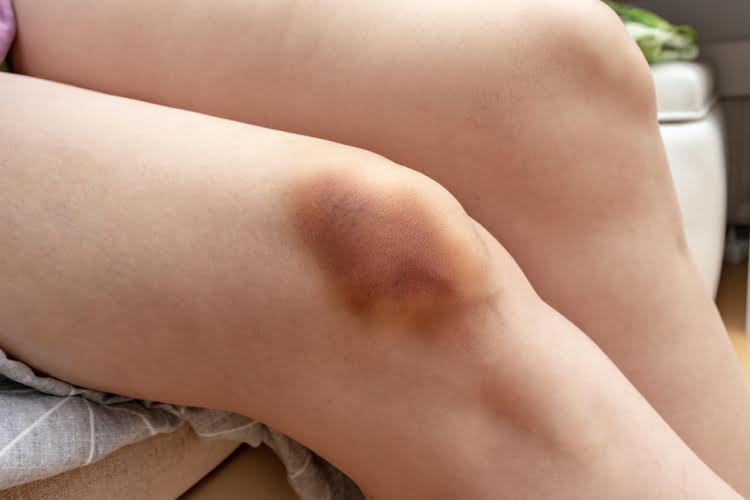Overall, mental health problems including depression, developmental lags, apathy, withdrawal, conduct problems, personality disorders, suicidal thoughts, attempted suicide, suicide, and other psychosocial dysfunctions are frequently linked to substance abuse among adolescents. We adopted an overview of reviews approach for synthesizing existing evidence on adolescent substance abuse. Although an overview of systematic reviews builds on the conclusions of rigorous reviews of studies in different settings and of varying quality, avoids duplication of work and allows for a much faster review, there are some potential limitations. The interventions on which primary data exist, but which have not been covered by a systematic review, will not have been included. Furthermore, an overview of systematic reviews relies on review authors’ characterizations of the findings rather than on individual studies and therefore may be affected by selective reporting biases. We found four reviews reporting the impact of smoking/tobacco use policy initiatives 42, 43, 44, 45.
What are the symptoms of drug abuse in teens?
However, Hanna et al. (2016) reported better cognitive function in adolescent cannabis users with schizophrenia/schizoaffective disorders, suggesting a potential protective role of cannabis in psychosis-related cognitive dysfunction. Structural MRI studies are not consistent with a neuroprotective effect and have suggested that processes underlying gray matter and cortical maturation may mediate the association between adolescent cannabis use and risk for schizophrenia. Among adolescents aged 10–21, those with CUD and early-onset schizophrenia teenage drug abuse exhibited decreased GMV in the left superior parietal cortex compared to controls (Kumra et al., 2012). Moreover, gender may interact with structural abnormalities mediating the association between cannabis use and schizophrenia.

Join Our Care Community
- At least 1-in-8 teenagers have abused an illicit substance in the last year, highlighting youth drug abuse as a significant public health concern.
- Injections of THC in adolescent male squirrel monkeys impaired performance in a working memory task 142 and injections of THC in adolescent rhesus monkeys impaired spatial working memory 143.
- Teenagers in the District of Columbia are 11.94% more likely to have used drugs in the last month than the average American teen.
- Future research and treatment should also account for changes in policy and state laws, specifically around the legalization of cannabis.
- It also highlights strategies for prevention and intervention, aiming to foster a more informed and resilient youth population.
Major depressive disorder (MDD) is a common mental health diagnosis that affects teens and adolescents. The connection between teen drug abuse and depression can be a vicious cycle with severe consequences for academic performance, social interactions, and the future of the teen’s life. Teen substance use commonly occurs alongside mental health diagnoses such as mood, anxiety, behavioral, and learning disorders. By identifying and addressing these risk factors, we can take significant steps towards reducing teenage drug abuse and promoting healthier choices among adolescents.
Recovery and Relapse Prevention
It is feasible for adolescents with alcohol, cannabis, and/or opioid use disorders 43. One study examined the utility of 10 weeks of A-CRA versus individualized CBT for adolescents who do not achieve abstinence during an initial 7 week MET/CBT treatment protocol 44. The authors did not report group differences in A-CRA versus individualized CBT for initial non-responders; however, the study was likely underpowered to detect treatment effects. Cognitive-Behavioral Therapy (CBT) is a psychosocial treatment modality intended to teach individuals how to modify problematic thoughts and behaviors.

We report findings from a total of eight systematic reviews focusing on various interventions for alcohol use among adolescents. Four reviews focused on school-/college-based interventions while one review each focused on family-/community-based interventions, digital platforms, policy interventions, and multicomponent interventions. One important target of ACE that may influence risk for schizophrenia is GABAergic signaling in the PFC 123, with Substance abuse ACE generally inhibiting GABAergic activity 124. Renard and colleagues 125 found that adolescent injections of THC reduced levels of the GABA synthesizing enzyme GAD67 in the mPFC in adult male rats, which was coupled with a hyperactive dopaminergic state.
Diet pills, caffeine pills, and cold and flu products with dextromethorphan are just a few examples of OTC substances teens may use. They may also have access to family member’s prescriptions for drugs like opiate painkillers and stimulants or get them from friends who do. Arrest, adjudication, and intervention by the juvenile justice system are eventual consequences for many youths engaged in alcohol and other drug use. Families must have open discussions and set boundaries about teen drug use and alcohol consumption. To illustrate the impact of early drug use, consider the following statistics on marijuana use. A study found that the majority of lifetime marijuana users (67.8%) reported using marijuana prior to college, highlighting the significance of early initiation 5.
These findings suggest that individuals with severe SUD symptoms as adolescents do not grow out of their drug problems; they also face more severe long-term consequences than adolescents with no or low SUD symptoms 10. It should be stated that not all of the literature on ACE has produced evidence of deleterious effects. There is emerging evidence that, at least in rodent studies, that detrimental effects of ACE on working memory could be due to the experimenter-administration of high doses of cannabinoids. Studies from our lab were the first to use adolescent self-administration of cannabinoids (THC or the full agonist WIN55,212-2) to investigate long-term effects on adult working memory performance. We found that adolescent THC or WIN55,212-2 self-administration actually led to improved working memory performance in males, while having no effect or a tendency to decrease performance in females 160–162.
